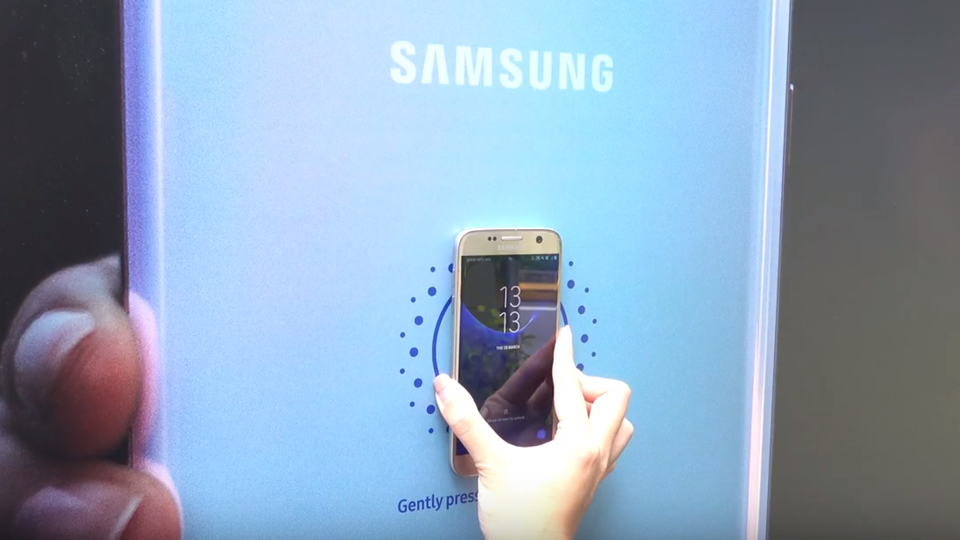Article
Samsung delivers OOH cell phone charging
Samsung helped commuters keep their cell phones charged with a DOOH charging station to advertise its Wireless PowerShare feature of its Galaxy S10+ smartphone.

August 2, 2019 by Bradley Cooper — Editor, ATM Marketplace & Food Truck Operator
No one enjoys dealing with a dying cell phone battery while out and about. Most consumers today rely on their cell phones on the go to:
- Check work emails.
- Look for coupons.
- Look for a destination with GPS.
In order to keep a cell phone charged, you either have to stay attached to a wall outlet or bring along a portable charger. Samsung attempted to address this issue with OOH cell phone charging displays.
The cell phone and display manufacturer partnered with OOH advertising company JCDecaux Singapore, a subsidiary of JCDecaux, to craft displays to allow users to charge their phones at multiple bus stations in Singapore.
The main purpose of the display was to advertise the Wireless PowerShare feature of the Samsung Electronics Galaxy S10+, which allows users to share power between phones by simply putting phones on top of each other.
With the displays in particular, customers could place their phones vertically against the display to charge them. When not in use, the displays would show advertisements from the Galaxy S10+ as well as an attract screen telling customers to "Charge up while you wait. Power up your Qi-compatible device with Wireless PowerShare," according to a video.
In the video description, JCDecaux Singapore claimed it created, "Singapore's first out-of-home wireless charging stations located at bus shelters with an innovative build, allowing pedestrians to experience the Wireless PowerShare feature of the latest Samsung Electronics Galaxy S10+ flagship smartphone."
Not everyone was impressed with the design of the OOH display, particularly with having to hold the phone vertically against it. One YouTube user said, "Holding the phone vertically against a station like that is so uncomfortable considering that wireless charging is extremely slow."
Other companies have also invested in cell phone charging OOH displays. LinkNYC, for example, offers device charging through a traditional USB port.
You can see the OOH display in action in the video below.


